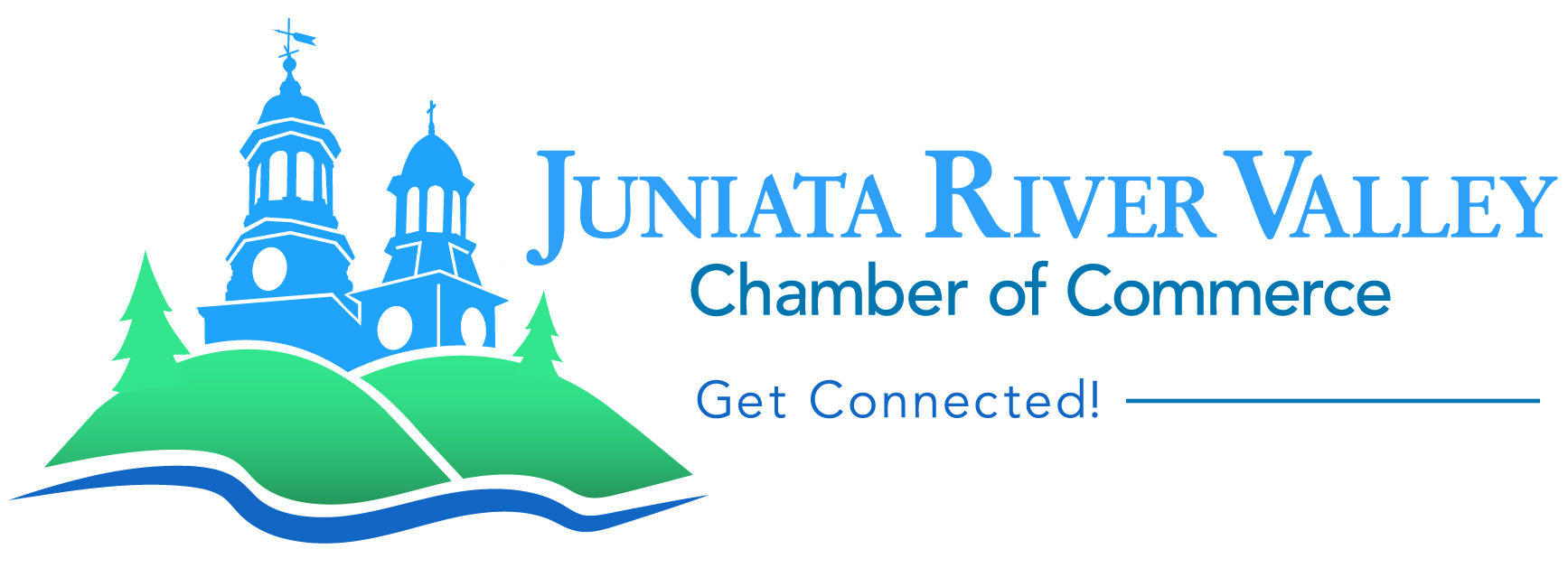What’s Good for the Goose is Good for the Gander
Goose Day has its roots in the traditional Catholic holiday, St. Michaelmas Day, which dates to around 487 A.D. in Europe. It honors St. Michael the Archangel, who is known as a protector and defender of all that is right and good. He is even credited with casting a proud and ambitious Satan out of heaven when Satan tried to be equal with God. Legend has it that when Satan fell to earth, he landed on a thorny blackberry bush, which angered him so much that he cursed all blackberry bushes, decreeing that they’d no longer bear fruit after September 29th. Hence, blackberries are sometimes associated with the holiday. Asters are also connected to the celebration and are sometime referred to as Michaelmas daisies since they bloom around September 29th. If you check out the planters around the Historic Courthouse, here in downtown Lewistown, you will see we have filled them with purple Asters for the holiday.
There are plenty of other legends tied to the day—like how geese became a symbol of it. In medieval Europe, tenants often brought a goose as part of their rent payment to their landlords when their accounts were settled. Since geese were plump after feeding all summer, they became the perfect goodwill offering in the fall and were typically served at the St. Michaelmas feast.
Another story links the day to Ireland, where legend says an Irish king choked on a goose bone and died but was brought back to life by St. Patrick. In gratitude, the king declared that geese should be eaten in honor of St. Patrick. As someone so astutely pointed out, it is a bit strange to think the king would encourage goose eating since he himself died doing so, but who am I to question. Another tradition claims that Queen Elizabeth I was feasting on goose on St. Michaelmas Day in 1588 when she received news that her navy had defeated the Spanish Armada. Overjoyed, she decreed that goose would always be part of the holiday feast. It is anyone’s guess just how many of these legends are accurate but isn’t that part of the fun?
But how did this goose-centric tradition find its way to the Juniata River Valley? It all began in the late 1780s with a local farmer named Andrew Pontius, who lived in neighboring Snyder County. Needing help on his successful farm, Andrew headed out for Lancaster in search of a tenant farmer. Along the way, he stopped in Harrisburg where he met Archibald Hunter, a young Englishman on the run after jumping ship in Philadelphia. Impressed by the man, Andrew offered him the job, and Hunter agreed. They struck an agreement and decided to settle their accounts on September 29th, as was customary in Hunter’s homeland of England.
When September 29th rolled around, Hunter arrived with his accounts under one arm and a plump goose under the other. He explained the tradition of eating goose on this day was believed to bring wealth and good health for the coming year. He went on to explain a tradition where the color of the goose meat was believed to predict the winter: dark meat indicated a harsh winter, while light meat suggested a mild one. Hunter also shared the tradition of baking a Michaelmas cake, hiding a golden ring in the batter. Whoever found the ring would be the next to marry. Andrew’s niece, Anna, who happened to be visiting, was fascinated by the idea and recruited her aunt to assist her in baking a Michaelmas cake, hiding the customary ring inside. As luck would have it, she found the ring, and soon after, she and Hunter fell deeply in love and were married.
Over the years, a variety of Goose Day celebrations in the Juniata River Valley have come and gone, but thanks to the hard work of the Juniata River Valley Visitors Bureau, many local businesses and organizations, as well as our community members, this unique tradition is alive and well. So, whether you’re young or old, male or female, get out there and eat some goose to secure your wealth and health for the year. After all, what’s good for the goose is good for the gander!
Happy Goose Day!
Rhonda S. Kelley, Executive Director
Juniata River Valley Chamber of Commerce

